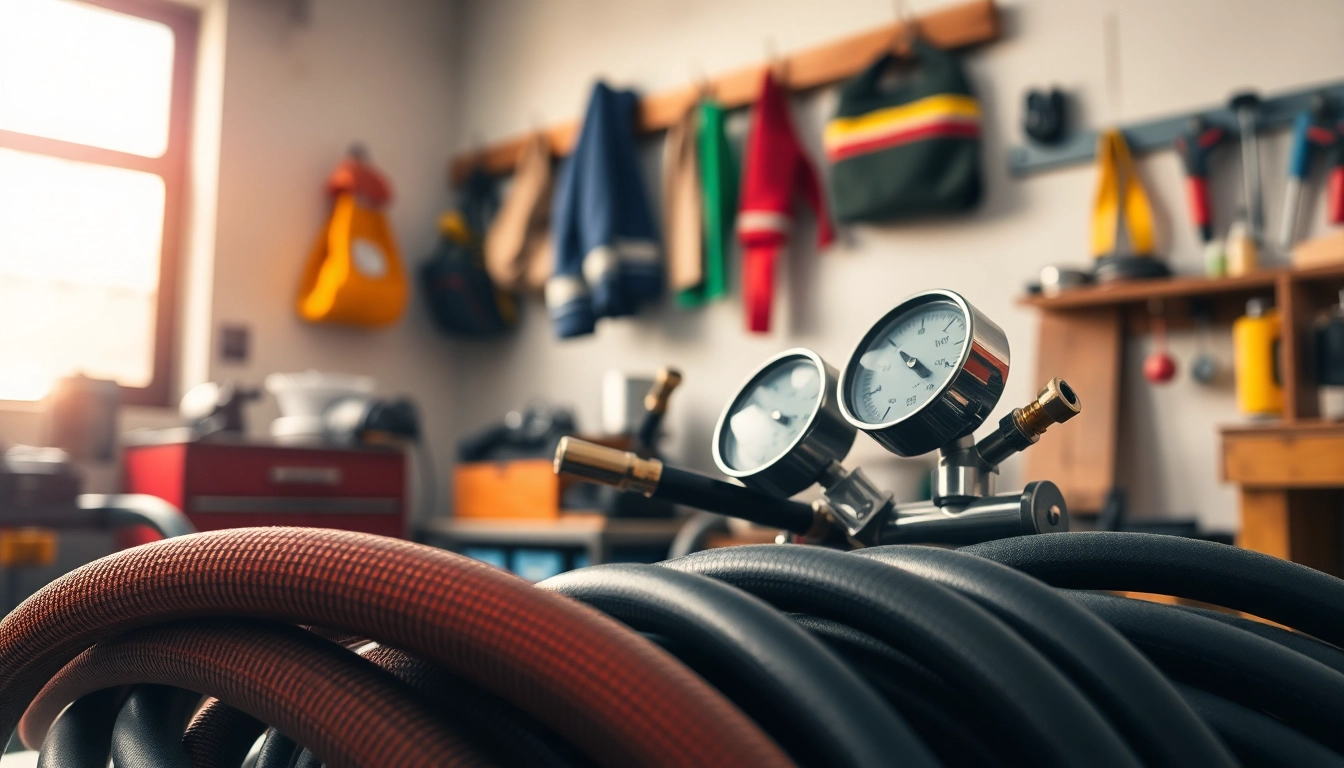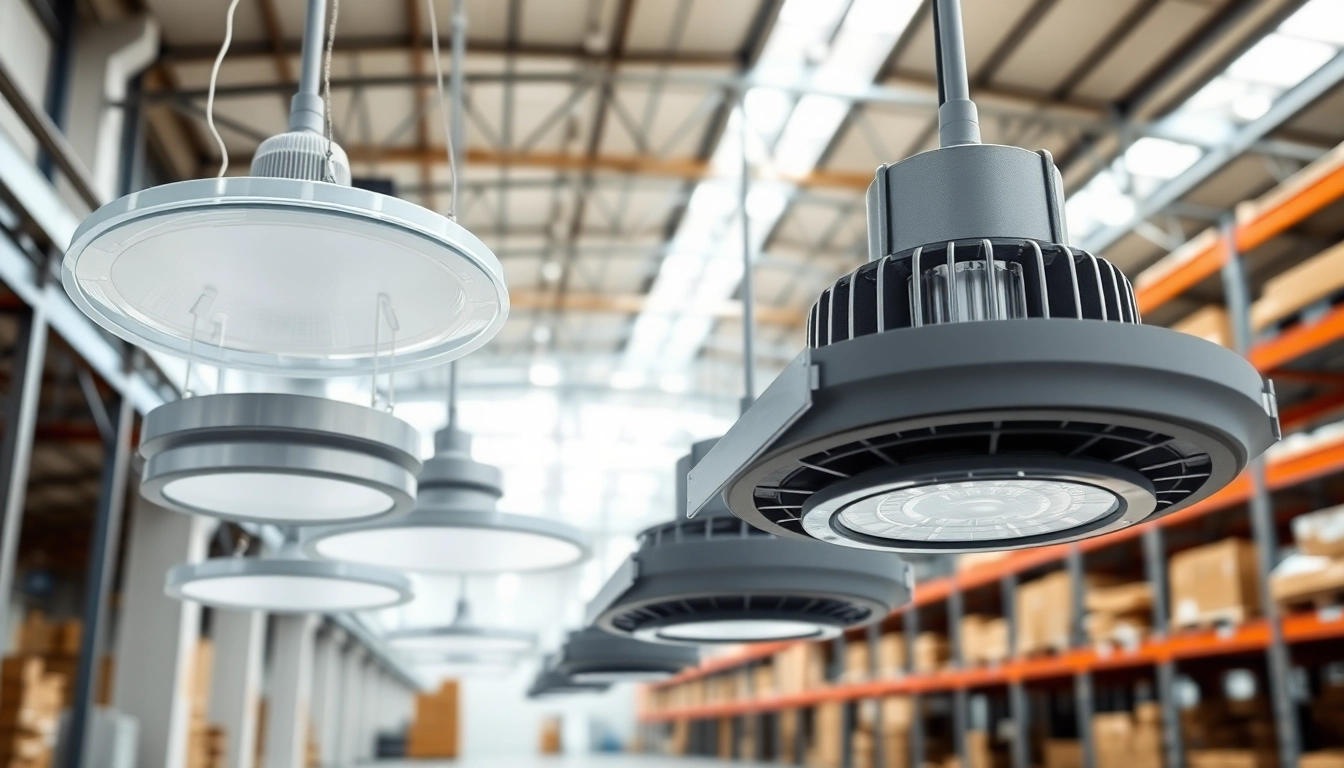
Understanding the Basics of Oxy Acetylene Welding Kits
1. What is an Oxy Acetylene Welding Kit?
An oxy acetylene welding kit is an essential tool used in various welding and cutting applications. This setup combines oxygen and acetylene gases to produce a high-temperature flame capable of melting metals. Oxy acetylene welding is commonly used in metal fabrication, repair, and construction industries due to its versatility and effectiveness. The kit typically includes a torch, tanks for gases, hoses, and additional accessories necessary for completing welding tasks. For those looking to purchase an oxy acetylene welding kit, there are different options available depending on their needs and the scale of projects they intend to undertake. A detailed overview of the components and features of an oxy acetylene welding kit is crucial for making an informed buying decision.
2. Components of a Typical Kit
A basic oxy acetylene welding kit generally comprises the following components:
- Oxygen Tank: Holds compressed oxygen, which supports combustion.
- Acetylene Tank: Stores acetylene gas, the fuel used in the welding process.
- Regulators: Control the flow and pressure of gases from the tanks to the torch.
- Welding Torch: The instrument used to mix the gases and direct the flame for welding or cutting metal.
- Hoses: Flexible tubes that carry the gases from the tanks to the torch.
- Cutting Tips: Attachments that allow for precise cutting of metals.
- PPE: Personal Protective Equipment such as gloves, goggles, and face shields to protect the user during operation.
3. Common Uses and Applications
The oxy acetylene welding kit is widely utilized across various sectors:
- Metal Fabrication: Used for joining and melting metal parts in manufacturing processes.
- Metal Repair: Essential for repairing damaged metal components in construction and automotive applications.
- Artistic Projects: Employed by artists and sculptors for creating metal sculptures and installations.
- Jewelry Making: Used in the jewelry industry for intricate metalworking and soldering tasks.
Key Features to Consider When Buying
1. Tank Size and Capacity
The size of the oxygen and acetylene tanks significantly influences the duration and scale of your welding projects. Larger tanks provide more gas volume, allowing for extended use without frequent refills. For professionals and heavy usage scenarios, consider tanks with higher capacities, while smaller tanks may suffice for hobbyists and light-duty tasks.
2. Hose Length and Quality
Quality hoses are critical for safety and performance. They need to be durable enough to withstand the pressures of gas flow. Additionally, ensure that the length of the hoses is appropriate for your work area. Longer hoses offer flexibility in movement, but excessively long hoses can lead to increased resistance, affecting gas flow.
3. Torch Types and Accessories
Different types of torches serve various welding applications. Some torches are designed for general welding tasks, while others are specialized for cutting or brazing. Accessories such as interchangeable cutting tips and flame adjustment controls enhance the versatility of your welding kit. When selecting a torch, consider ergonomics and whether it suits your specific needs.
Safety Tips and Best Practices
1. Personal Protective Equipment (PPE)
Welding can expose you to harmful fumes and intense heat. Always wear appropriate PPE, including welding helmets, gloves, and flame-resistant clothing. A suitable respiratory facemask is also essential to minimize inhalation of dangerous gases and fumes.
2. Safe Handling and Storage Procedures
Proper storage of gases is vital for safety. Store gas tanks in an upright position in a well-ventilated area, away from heat and flammable materials. Regularly check for leaks, and ensure valves are tightly closed when not in use. It’s also prudent to label storage areas for quick identification.
3. Common Hazards to Avoid
Being aware of potential hazards can prevent accidents. Never use flammable substances near the welding area, and ensure you have fire extinguishing equipment readily available. Training on handling gases and welding equipment is also crucial to minimize risks.
How to Properly Maintain Your Oxy Acetylene Welding Kit
1. Routine Inspections and Cleaning
Regular maintenance extends the lifespan of your welding kit. Inspect hoses for cracks or leaks, check regulators for proper function, and ensure the cleanliness of the torch. Cleaning the components from soot and residue prevents malfunctions and guarantees effective operation.
2. Replacing Parts and Repairing Damage
Parts such as hoses and cutting tips may wear out over time. Replace them promptly to maintain safety and performance. Familiarize yourself with the replacement schedules recommended by manufacturers and always use compatible parts to ensure reliability and safety.
3. Ensuring Optimal Performance
For optimal performance, ensure that the cylinders are adequately filled and that the regulators are calibrated correctly. Regularly review the user manual for specific guidance on maintenance procedures and operational checks.
Comparing Popular Oxy Acetylene Welding Kits on the Market
1. Brand Comparisons: Features and Pricing
When exploring the market, several brands stand out for their quality and features:
- Lincoln Electric: Known for durable kits often favored in industrial settings.
- Victor: Popular for their reliability and extensive range of accessories.
- Harris: Offers a variety of kits suitable for both novices and professionals.
Compare the features, warranty, and pricing among different brands to find the best option that fits your needs and budget.
2. User Reviews and Ratings
Prior to purchasing an oxy acetylene welding kit, examine user reviews and ratings to gauge performance and satisfaction. Websites that aggregate customer feedback provide insights into the reliability and effectiveness of specific models. Consider both positive and negative reviews to make an informed choice.
3. Recommendations for Beginners and Professionals
For beginners, investing in a basic kit that includes all necessary components with some quality assurance is crucial. Brands like Lincoln Electric and Harris offer great starter kits that compliment a range of applications. For professionals, heavier-duty models with extensive features for specific tasks, such as cutting or high-volume welding, may be preferred.






